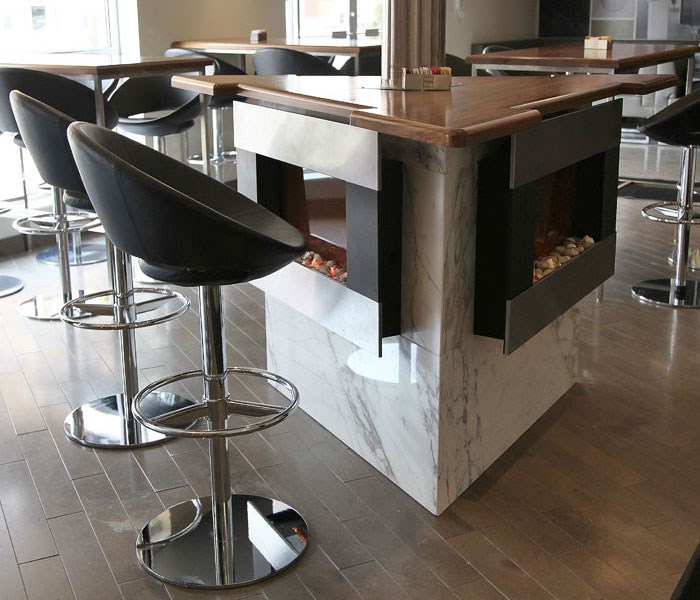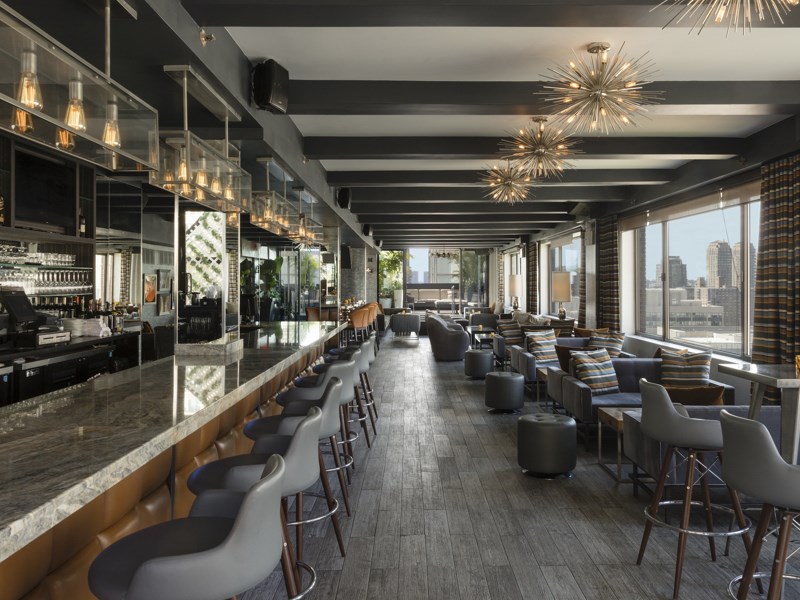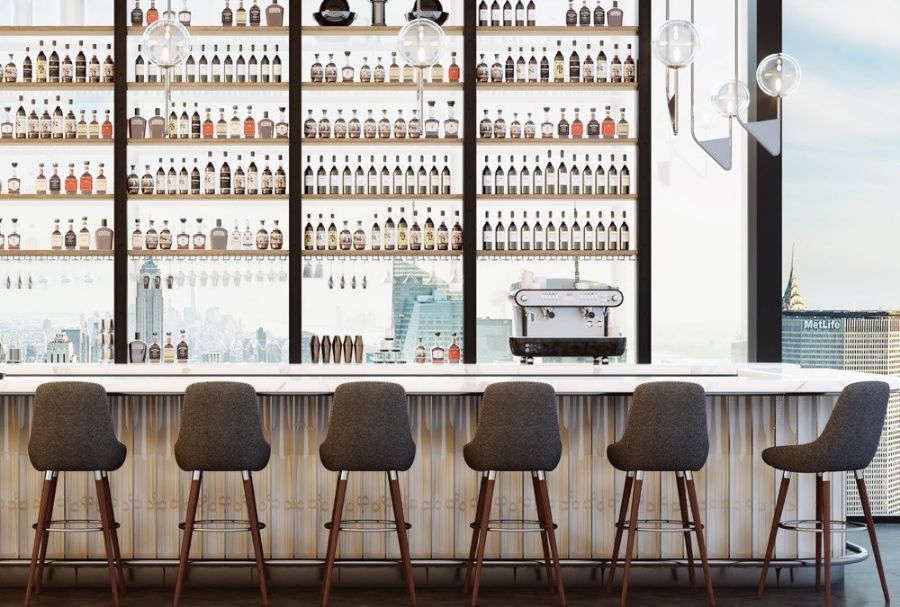A home bar invites moments of relaxation and social connection. The choice of barstools plays a significant role in shaping the atmosphere. Picking the right barstools combines style, comfort, and practicality. A well-chosen stool makes the space feel complete, stylish, and ready for gatherings.
Finding the right balance of design and function may seem challenging at first. Many styles, heights, and materials fill the market, each offering something unique. Focusing on key factors helps make the decision clear.
Match Barstool Height to Your Counter
Height remains one of the most critical aspects when selecting barstools. The height of the bar or counter dictates the barstool size. Bar counters typically range between 40 and 42 inches in height, which pairs best with barstools that measure 28 to 30 inches from floor to seat. Kitchen counters usually stand at 34 to 36 inches high, best suited for stools with a seat height of 24 to 26 inches.
Using adjustable barstools solves common height challenges. These stools offer flexibility to adapt to various counter heights. This makes adjustable barstools a smart choice for spaces where height varies or might change over time.
Consider the Material of Barstools
The material influences the barstool’s look and durability. Wooden barstools bring warmth and classic charm to any home bar. Natural wood tones fit well with both modern and rustic interiors. Wood also offers a sturdy and long-lasting option for frequent use.
Metal barstools add an industrial feel. They pair well with sleek counters and modern decor. Upholstered stools provide softness and color. Look for fabrics that balance comfort with easy cleaning, such as leather or high-quality vinyl.
Outdoor bar areas require special materials. Aluminum, treated wood, or weather-resistant wicker stand strong against moisture and sun exposure. Choosing materials meant for outdoor use extends the lifespan of barstools.

Choose Between Backrest and Backless Designs
Backless barstools offer a minimal footprint and a streamlined look. They fit well in compact spaces or where a clean, open feel matters. These stools can tuck under counters, saving space.
Barstools with backrests provide more support. They work well for longer gatherings, where comfort matters more. The backrest adds a design element, which can range from simple lines to elaborate curves.
Incorporating a swivel feature adds functionality. Swivel barstools allow easy movement without needing to shift the whole stool. This feature adds convenience and flow in a busy bar area.
Pay Attention to Seat Shape and Comfort
Comfort influences how often barstools get used. Round seats offer classic appeal and work well with many styles. Square or rectangular seats add a modern twist. Look for seats with padding or ergonomic shapes that support longer use.
Some stools include footrests. This feature helps maintain posture and adds to comfort during extended conversations.

Match Barstools With Bar Style
The style of barstools should connect with the overall bar design. A wooden barstool fits well in a cozy home bar with warm tones and natural finishes. Metal stools fit better in modern, urban spaces with glass or stone counters.
Mixing styles also works. Pairing sleek metal stools with a reclaimed wood bar adds contrast and personality. Blending materials and shapes creates a layered and inviting look.
Think About Color and Finish
Barstools come in many finishes. Natural wood, painted surfaces, metal tones, and colorful upholstery each bring different moods. Neutral colors offer versatility, blending with most decors. Bold colors create a focal point and add energy.
Matte finishes hide scratches better than glossy ones. Choosing finishes that match existing furniture creates harmony.
Consider Practical Needs
Look at how often the barstools will get used. Heavy daily use demands durable materials and sturdy construction. Easy-to-clean surfaces simplify maintenance. Barstools with removable cushions or waterproof covers suit active households.
If pets or children roam the area, choose fabrics and finishes that resist stains and damage. Padded stools can have washable covers for convenience.
Why Adjustable Barstools Matter
Adjustable barstools provide a practical solution for many homes. These stools accommodate different heights, helping multiple users find comfort. Adjustable options work well when the bar height changes or when the space doubles for dining or work.
This versatility makes adjustable barstools a popular choice for family homes and open-concept living areas.
Wooden Barstools for Timeless Appeal
Wooden barstools remain popular for their natural beauty and durability. Each piece has unique grains, adding character to a home bar. Stools made from oak, walnut, or maple offer strength and a polished look.
Wood pairs with various styles, from rustic farmhouse to mid-century modern. Adding cushions or painted finishes customizes the look without losing the wood’s charm.

The Final Touch: Style and Function in Balance
The perfect barstools bring together height, material, comfort, and style. They support the function of the home bar and contribute to the room’s personality. Choosing barstools with these elements in mind creates a space ready for conversation and connection.
Explore More Seating Options
At Pera Design, the collection of lounge chairs offers a wide range of shapes and finishes to match any home style. View the full collection of lounge chairs here.
Our projects highlight real installations that show how barstools and lounge chairs integrate into designed spaces. See these inspiring setups on our project page.
For questions or personalized support, visit the Pera Design contact page. We welcome conversations about how to find the right seating solutions for your home.
.png)










